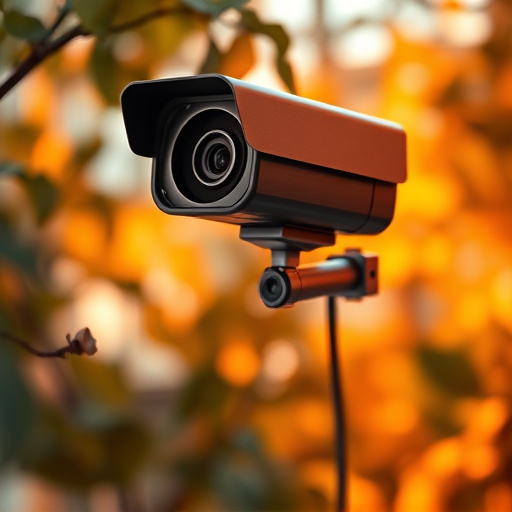Hidden cameras with audio technology have advanced significantly, offering discreet surveillance for diverse applications from home security to professional investigations. These devices capture both images and sound in real-time, enhancing evidence quality with integrated audio components. With compact size and remote accessibility, they provide powerful monitoring tools. However, their covert nature raises legal and ethical challenges, requiring users to familiarize themselves with local regulations and adhere to responsible use guidelines.
Uncover the powerful world of spy cameras equipped with audio recording capabilities. In today’s digital age, understanding hidden camera technology has become essential for both security enthusiasts and privacy advocates. This article explores the advanced features and legal aspects surrounding these devices, offering a comprehensive guide to their types, brands, and potential uses. Discover how hidden cameras with audio are transforming personal and professional surveillance, while navigating the ethical and legal landscape that governs their use.
Understanding Hidden Camera with Audio Technology
Hidden cameras with audio technology have evolved significantly, offering more than just visual surveillance. These sophisticated devices are designed to capture both images and sound discreetly, making them ideal for various applications, from home security to professional investigations. By integrating advanced audio capabilities, hidden cameras can provide valuable contextual information, enhancing the quality of evidence collected.
The audio component allows users to hear conversations, ambient sounds, or alerts in real time, adding a new layer of intelligence to surveillance. This feature is particularly useful in situations where visual cues might be limited or when specific audio triggers are needed to initiate recording. With their compact size and remote accessibility, hidden cameras with audio technology provide a discreet and powerful tool for those seeking comprehensive monitoring solutions.
Types and Features of Spy Cameras with Audio Recording
Spy cameras, also known as hidden cameras with audio recording capabilities, come in various types designed to suit different needs and preferences. Among the common types are wireless cameras that offer flexibility and ease of installation, often featuring compact designs making them ideal for discreetly capturing footage in various settings. These cameras can transmit real-time video and audio wirelessly to a connected device, allowing users to monitor activities remotely.
Another type is the plug-and-play hidden camera with audio recording, which is easy to set up without the need for complex wiring or configuration. These devices are typically powered by an external power source and can record both video and audio seamlessly. Advanced models may include features such as motion detection, night vision, and two-way audio communication, making them versatile for home security, surveillance, and other purposes. The integration of audio recording enhances the capabilities of these cameras, allowing users to gather more information from the environment they are monitoring.
Legal Considerations and Ethical Use Cases
The use of hidden cameras with audio capabilities raises a series of legal and ethical considerations that must be navigated carefully. In many jurisdictions, installation and use of such devices without explicit consent can constitute a serious invasion of privacy and result in significant legal repercussions. Individuals and businesses must understand the specific laws governing surveillance equipment in their region to ensure compliance.
On the ethical front, hidden cameras with audio are powerful tools that can be used responsibly or abusively. They have legitimate use cases, such as enhancing security measures on private properties, monitoring workplace safety, or aiding in criminal investigations. However, their misuse for clandestine recording, stalking, or other malicious purposes is deeply unethical and can cause severe harm to individuals’ reputations and privacy. Ethical guidelines and awareness campaigns are crucial to promote the responsible use of this technology.
